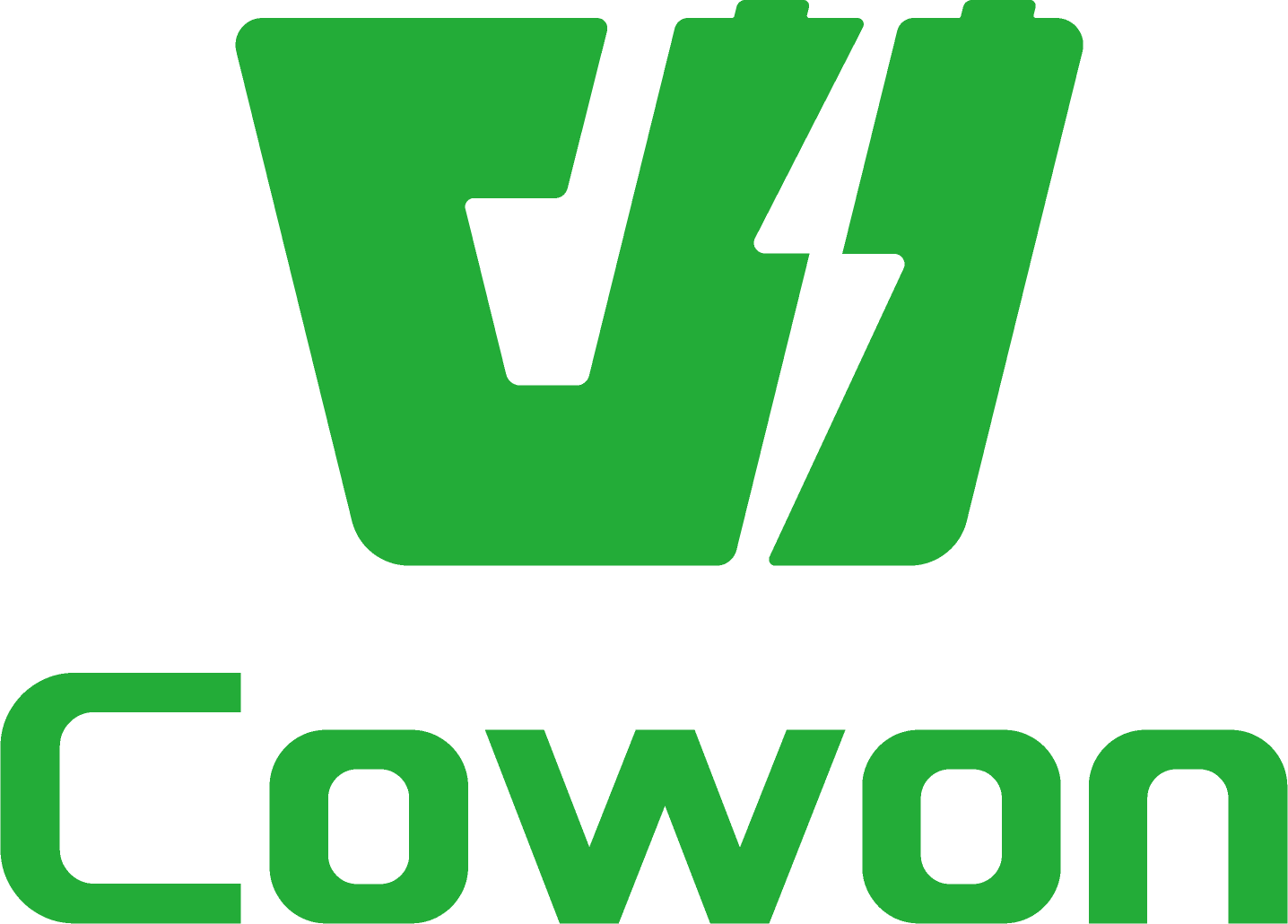News
The Evolution from Ni-MH Battery
Introduction: Understanding the Ancestor
Before we dive into the history of batteries, it is essential to understand what a Nickel-Metal Hydride (Ni-MH) battery is. In fact, rechargeable power sources known as nickel-metal hydride (NiMH) batteries have been widely used in many gadgets such as cordless tools and electric cars.Generally, they have a high energy density and are cheap compared to other types of secondary cells. However, this characteristic has pushed scientists towards better alternatives in terms of clean energy hence Ni-MH will be replaced soon by some other technologies.
The Rise of Lithium-Ion Technology
The beginning of Li-ion battery technology was a remarkable achievement in the progress of batteries. The main material for positive electrodes used in Ni-MH batteries is nickel which is different from that contained in Li-ion batteries which use lithium. By doing so, there is an increased energy/weight ratio leading to more storage capacity per unit mass compared to NiMH ones. Furthermore, when not in use they do not discharge quickly that gives them a longer shelf life and lower maintenance requirements.
Environmental Impact and Recycling Challenges
One factor that has resulted into shift from Ni-MH to L-ion batteries was environmental consciousness. Although it should be noted that NiMH batteries have their advantages like being cadmium-free unlike Nickel-Cadmium (Ni-Cd) type that most certainly isn’t recyclable because it contains toxic metals.As opposed to this second option however, lithium ion battery can entirely be organized with regard to recycling though they also have certain environmental concerns.The recycling process for these types of batteries include cobalt recovery among others.
Advancements in Battery Technology
On going research has brought about new battery technologies which might eliminate traditional ni-mh entirely if implemented.Specifically,solid-state technology promises higher safety levels, efficiency and lifetime.Furthermore,nanotechnology and materials science are making strides towards improving current li-ion batteries like solid-electrolyte Li-ion batteries which can offer even better performance and safety properties.
The Role of Innovation and Consumer Needs
This development from Ni-MH to newer battery technology is a testament to the importance of innovation in meeting customer’s needs. The size, processing power, and ubiquity of these devices are driving increased battery life, charging speed, and environmental sustainability. The result has been the manufacture of batteries that can support Internet of Things (IoT), renewable energy storage as well as the rapidly increasing number of mobile devices that are being used on daily basis.
Conclusion: Towards a Brighter Energy Future
Ni-MH batteries were discarded during this phase for better energy solutions characterized by higher efficiency levels, sustainability and innovation at large. As technology continues advancing driven by consumer preferences into different direction is moving making the battery market shift accordingly hence in future power sources will not only be more reliable but also eco-friendly.The transition from Ni-MH batteries marks one page turn among many that have made this story an ongoing one about progress and conservation within the industry of energy.


